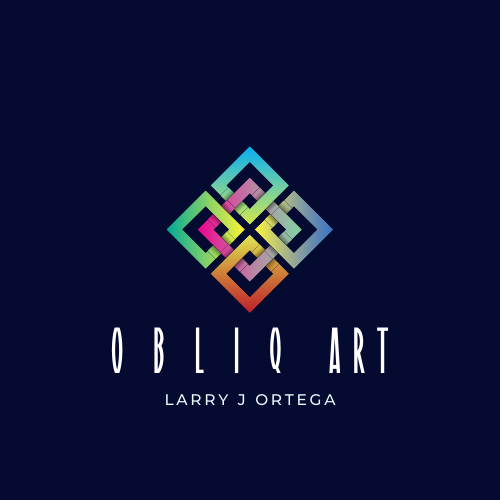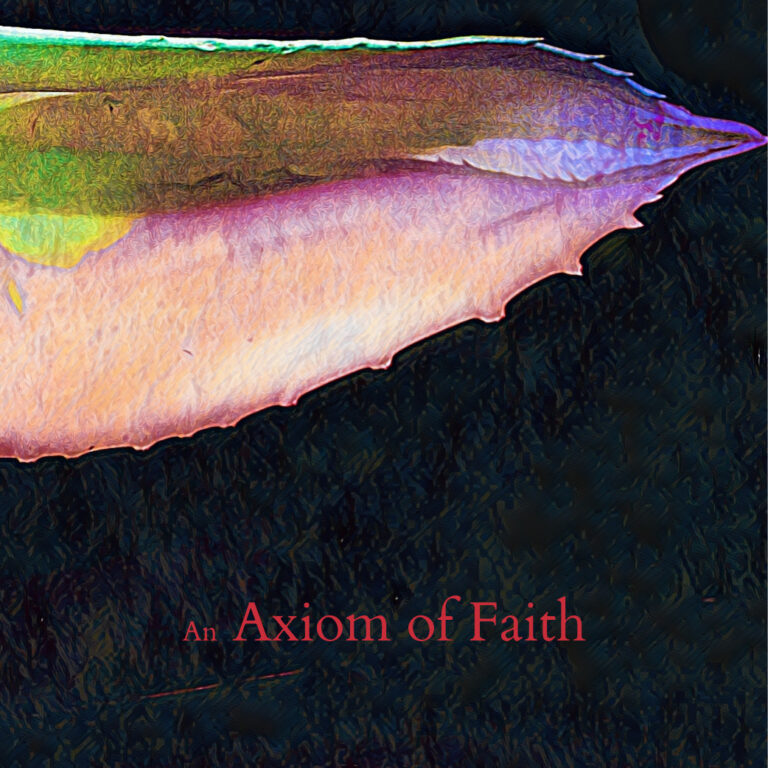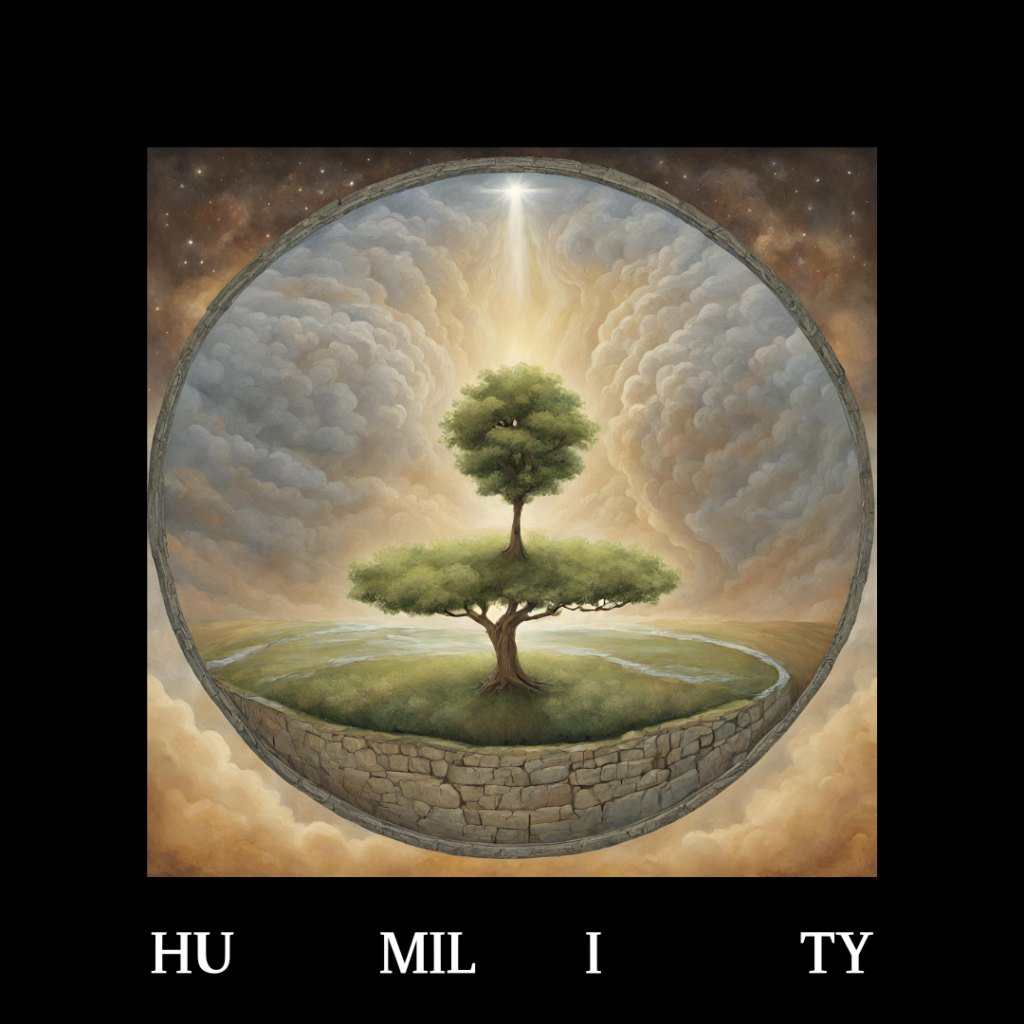
The Promised Land
The story of the journey to the Promised Land resonates in contemporary narratives. “We all seek the “Promised Land.”
As the story goes, Moses led them out of Egypt on a forty-year journey to expel Egypt from them.
In the biblical corpus, the book of Exodus details the journey. The story resonates with metaphors and symbols. There is water to cross and a wilderness to navigate. Here are some reflections and illustrations from the original journey over three thousand years ago and its modern implications.
Perseverance Amidst Hardship: The Israelites’ journey through the wilderness was marked by [significant] hardships, including scarcity of food and water, conflicts with other peoples, and internal dissent. This reflects the universal theme of enduring hardship in pursuit of a better life.
Divine Guidance and Faith: In the biblical account, the journey is guided by divine intervention—following a pillar of fire and clouds, the parting of the Red Sea, speaking to a burning bush, or the provision of manna.

Covenant and Law: The law was given in the Sinai desert. It was a foundational moment in the wilderness journey, establishing a covenantal relationship between God and the Israelites. It underscores the idea of a journey to a physical space and towards a societal ideal—living by divine laws.
The Idealized Destination: “A land flowing with milk and honey” symbolizes an ideal state of abundance and fulfillment. Today, this can symbolize our aspirations— striving for success and fulfillment in personal endeavors.

Calling and Purpose
Identity and Transformation: The Exodus journey transformed the Israelites from an enslaved people into a nation with a unique identity bound by social, legal, and religious tenets. Similarly, modern journeys are about developing new identities and embracing new values and norms. The Exodus journey took forty years to reach the Promised Land, and a generation could not enter because of disobedience.
Reflecting on these elements, the biblical journey to the Promised Land offers a profound narrative framework for understanding modern quests for a better life. In both cases, the journey itself is as transformative as the destination, shaping the identity and destiny of those undertaking it.







![“The Return to the Office or [Church]”](https://larryjortega.com/wp-content/uploads/2023/07/Midieval-Times-3-HB-768x1254.jpeg)


